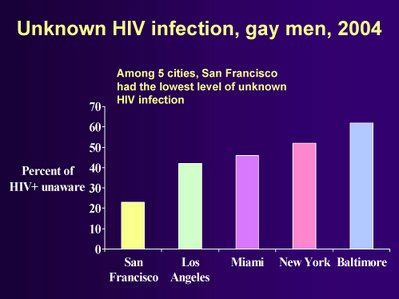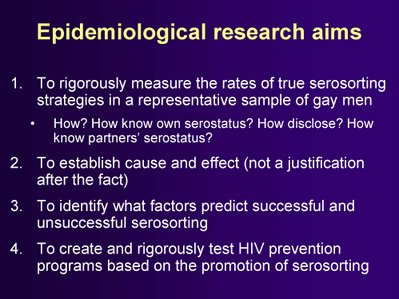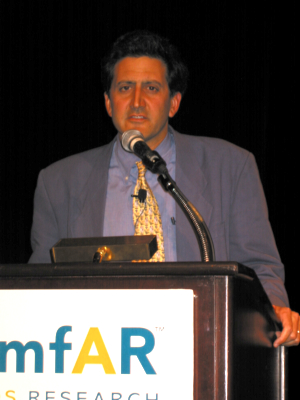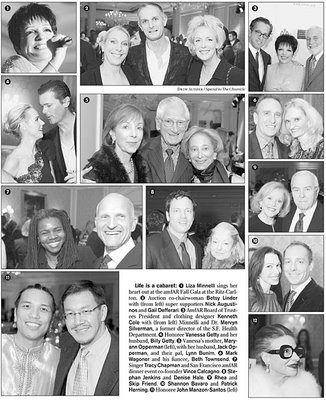
WPost Fails to Reveal Reporter Met w/Iraq Study Group
[Sent today via email.]
Deborah Howell
Ombudsman
The Washington Post
Dear Ms. Howell:
The front-page of today's Post has an article, written by Thomas E. Ricks and Robin Wright, on the Iraq Study Group and how it is wrapping up months of interviews and deliberations, as it prepares to deliver recommendations to the President and the American public.
This is what the Post reported on who the panel has spoken with:
"Forty experts from fields such as warfare, the Middle East, reconstruction and Islamic militancy were asked to put together options for the group but did not take part in the policy debates."
If you look at the Iraq Study Group's nine-page paper listing all of the experts they consulted, you will see on page 9 that Ricks was among the chosen few to give advice to the group.
Unfortunately, the fact Ricks consulted with members of the group was not disclosed by the Post today and I believe in the interest of full media transparency, it should have been mentioned.
Do you think the Post had an ethical responsibility to inform readers that one of the writers of today's article has consulted with the group he was writing about?
A prompt reply would be appreciated.
Sincerely yours,
Michael Petrelis
[UPDATE]
On the one hand, I must apologize to Thomas Ricks and the Post for not being aware that the paper had indeed disclosed his appearance before the study group.
But on the other hand, the disclosure ran in the Post on November 12, appended to a piece I had not read.
So maybe the Post owes me an apology for not again disclosing Ricks' talk with the Baker-Hamilton panel?
Actually, what responsibility does the Post owe all readers on this journalistic transparency matter? Is it enough they told readers about Ricks' talk to the panel, in just one of his pieces on the study group, its inner workings and eventual recommendations? Should the Post be required to inform readers of this link Ricks has to the panel, every time he writes about it?
Frankly, I think the paper must disclose the link every time, as suggested by the ombudsman Deborah Howell. The burden to know about Ricks' link should not be on me, as the reader, to somehow know when reading a Nov 30 story that he disclosed the link in a Nov 12 article. The onus should be on the Post.
After all, Ricks himself, in his suggestion to me that I change my headline, that the problem is the Post's failure to repeat the disclosure.
And let's not overlook the other journalists who have spoken with the panel, such as Tom Friedman of the NY Times, George Will of the Post, George Packer of the New Yorker, Mark Danner of the NY Review of Books and William Kristol of the Weakly Standard. (Check out my previous post on them and click here.)
As far as I know, none of them have disclosed how and why they advised the Baker-Hamilton commission. If they have, and I've missed the disclosures they've made, make me aware of where and when the disclosure took place and I'll again update this post.
Finally, even though this episode started with me thinking the Post hadn't disclosed, they actually had, only I didn't know it, and now that I do, I must applaud the Post for setting a fine media example of how to make such a disclosure. May we soon have Friedman, NY Times, et al, doing the same as Ricks and the Post.
Here the reply I received from the paper's ombudsman:
Mr. Petrelis, On Nov. 12, the last time Ricks was involved in a story on
the Iraq Study Group, the paper put this tagline at the end of the story::
"Ricks, the author of "Fiasco," a book on the Bush administration's policy in Iraq, appeared before the study group at its members' request to answer questions about his book."
Perhaps it needs to be done every time.
Deborah Howell
Washington Post Ombudsman
And this came from Thomas Ricks:
Actually, my appearance before the Iraq Study Group was disclosed in the Washington Post in a tagline at the end of a story on Nov. 12:
"Ricks, the author of "Fiasco," a book on the Bush administration's policy in Iraq, appeared before the study group at its members' request to answer questions about his book."
So maybe you could fix your headline to more accurately state that:
WPost Fails to Repeat Its Note That Reporter Met w/Iraq Study Group
Cheers,
Tom




































